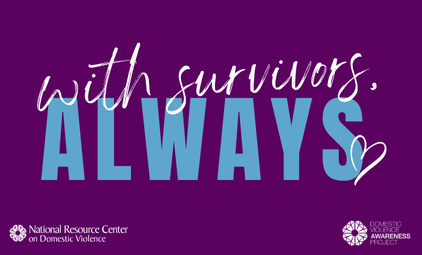"The intersection of domestic violence, homelessness, and housing is multi-layered and complex. Domestic violence often forces survivors and their families into homelessness, as they struggle to find permanent housing after leaving their abuser. Unstable housing makes safety and recovery from trauma and abuse more difficult for survivors and their children. In fact, domestic violence is a leading cause of homelessness among women, as those who have experienced domestic violence are four times more likely to face housing instability than those who have not. One in four women cite domestic violence as a major contributor to their homelessness. And of homeless women with children, 80% have experienced domestic violence.
'Access to housing assistance is critical for DV survivors. Without it, they often struggle to both afford a place to live and with finding landlords willing to rent to them.' — Voices from the Domestic Violence Field
The need for safe housing and the economic means to maintain stable housing are two of the most pressing concerns among survivors escaping a violent and controlling partner. Housing risks and barriers are even more heightened for Native Americans, people of color, those who identify as LGBTQ, runaway youth, people with disabilities, immigrants, and those living in rural areas, due to higher rates of violence, language access, food insecurity, unemployment, economic vulnerability, how people search for housing, discrimination, and more.
As advocates working to end domestic violence learn more about these intersections, the need for an array of safe and accessible housing for survivors becomes even more urgent. Every day, tens of thousands of DV survivors and their children live in emergency shelters or transitional housing, but these emergency and short-term housing programs across the country also turn thousands away due to chronic underfunding and simple lack of availability. While emergency shelter, transitional housing, and housing subsidies are essential safety nets for families fleeing domestic violence, there must be a fundamental understanding that preventing homelessness and providing safe housing are critical to ensuring survivor safety."















